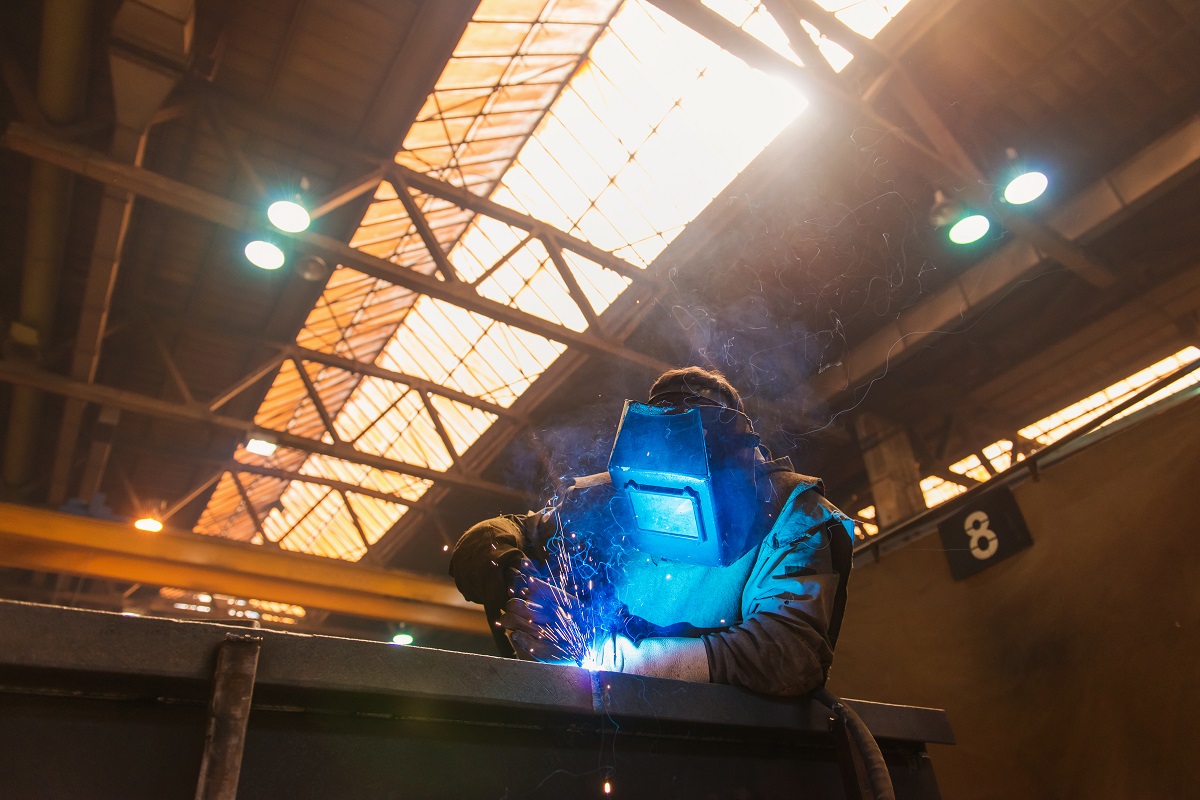Recognizing the Causes and Solutions for Undercut Welding in Metal Fabrication Processes
In the world of metal fabrication processes, the event of undercut welding postures a considerable difficulty that requires a thorough understanding of its causes and viable solutions. The elaborate interaction of various variables during welding operations can lead to this undesirable phenomenon, impacting the structural honesty and total high quality of the bonded joints - Preventing weld undercut. By dissecting the origin causes of undercut welding and discovering effective restorative steps, producers can raise the criterion of their handiwork and guarantee the manufacturing of flawless metal elements
Usual Root Causes Of Undercut Welding
Frequently neglected in steel fabrication, undercut welding happens because of different factors that require thorough focus and experience to be properly alleviated. One common source of undercut welding is too much warmth input. When the warm input is expensive, it can cause the melting and succeeding disintegration of the base product along the sides of the weld joint, developing a groove or undercut. Furthermore, inappropriate welding techniques, such as utilizing the incorrect welding angle or take a trip speed, can also add to undercut formation. Poor shielding gas coverage is an additional crucial variable that can lead to damaging. Insufficient gas protection stops working to secure the weld pool adequately, resulting in oxidation and undercut flaws. The option of welding criteria, such as voltage, present, and cord feed rate, plays a considerable duty in the event of undercut welding. Comprehending these usual reasons is critical for carrying out precautionary actions and making sure high-grade welds in steel manufacture procedures.
Effect of Incorrect Welding Parameters
Unreliable welding parameters can significantly endanger the integrity and top quality of bonded joints in metal manufacture procedures. The influence of wrong welding specifications materializes in numerous means, leading to architectural weaknesses and problems in the bonded elements. Meticulous focus to welding criteria is critical to make sure the production of high-grade welds with the desired mechanical homes and structural integrity.
Result of Improper Torch Angle
Incorrect torch angle in welding procedures can substantially affect the high quality and honesty of the last weld joints in metal fabrication procedures. Damaging is a typical welding issue where a groove develops along the weld toe, damaging the joint and jeopardizing its architectural stability.
A lantern angle that is too high can bring about inadequate infiltration, insufficient fusion, and boosted spatter. On the other hand, a torch angle that is also superficial can result in extreme penetration, burn-through, and distortion of the base material. Preventing weld undercut. Appropriate torch angle is crucial for making certain constant weld quality, toughness, and appearance
To avoid undercutting and various other flaws brought on by incorrect torch angles, welders must be educated to keep the proper lantern angle throughout the welding procedure. Regular tracking and adjustment of torch angles throughout welding can assist achieve audio welds with minimal problems.
Role of Inadequate Welding Techniques

One more element of poor welding methods is improper weld preparation. Insufficient cleansing of the base metals, wrong joint layout, or inadequate edge prep work can all add to undercut welding. Additionally, poor protecting gas insurance coverage or utilizing the incorrect type of gas can result in incomplete blend and the development of undercut issues.
To resolve the role of poor welding strategies in steel construction processes, it is crucial to provide thorough training for welders. Appropriate education on welding criteria, joint preparation, and shielding gas selection can aid protect against undercut welding and make sure top quality welds in steel manufacture projects.
Efficient Solutions for Undercut Welding
Addressing undercut welding in steel fabrication needs executing efficient services to enhance weld quality and structural honesty. Among the main options to deal with undercut is to change welding specifications such as voltage, click this link present, and take a trip speed to guarantee proper warm input and blend. By fine-tuning these setups, welders can prevent extreme melting of the base metal and filler product, lowering the chance of undercut development.
Additionally, correct joint prep work is crucial in stopping undercut. Making sure clean base metal surface areas without impurities and utilizing the proper bevel angle can help advertise far better weld penetration and minimize the danger of undercut - Preventing weld undercut. Using suitable welding methods, such as oscillating the lantern or weaving, can also aid in dispersing warm evenly and filling the weld joint appropriately, lessening the possibility of undercut defects
In addition, selecting the right welding consumables, consisting of electrodes and filler metals, is important in mitigating undercut. Making use of materials with appropriate chemical structures and mechanical residential properties can add to achieving audio welds with marginal undercut. Regular inspection and quality control actions must likewise be applied to spot and deal with undercut problems promptly, making certain the general integrity of made steel parts.

Conclusion
In final thought, recognizing the reasons and options for undercut welding in steel manufacture procedures is critical for achieving high-quality welds. By attending to usual reasons such as incorrect welding parameters, inappropriate torch angle, and insufficient welding techniques, welders can protect against undercutting and make certain solid, resilient welds. It is important to pay interest to these variables and execute reliable remedies to boost the general welding process and last product high quality.

Comments on “Best Practices for Preventing Weld Undercut: Grasping the Fundamentals”